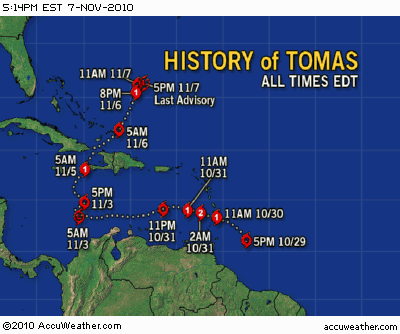

Negri AJ, Burkardt N, Golden JH, Halverson JB, Huffman GJ, Larsen MC, McGinley JA, Updike RG, Verdin JP, Wieczorek GF (2005) The hurricane–flood–landslide continuum. National Weather Service Office of Hydrologic Development, Hydrology Laboratory, Silver Springs, MD National Weather Service River Forecast System (NWSRFS) (1999) User Manual. National Research Council (2006) Completing the forecast: characterizing and communicating uncertainty for better decisions using weather and climate forecasts. In: American meteorological society 15th conference on hydrology, Long Beach, pp 103–106 Koren V, Smith M, Wang D, Zhang Z (2000) Use of soil properties data in the derivation of conceptual rainfall-runoff model parameters. J Irrigat Drainage Div Proc Am Soc Civil Eng 89:15–41 Jensen ME, Haise HR (1963) Estimating evapotranspiration from solar radiation. Huffman GJ, Adler RF, Bolvin DT, Gu G, Nelkin EJ, Bowman KP, Hong Y, Stocker EF, Wolff DB (2007) The TRMM multisatellite precipitation analysis (TMPA): quasi-global, multiyear, combined-sensor precipitation estimates at fine scales. Georgakakos KP (2006) Analytical results for operational flash flood guidance. Georgakakos KP (1986b) A generalized stochastic hydrometeorological model for flood and flash flood forecasting, 1: formulation. Georgakakos KP (1986a) On the design of national, real-time warning systems with capability for site-specific flash-flood forecasts.
Tomas hurricane track series#
Bull Am Meteor Soc 83:1333–1339įood and Agriculture Organization (FAO) of the United Nations (2000) Land and water digital media series (10) soil and terrain database, land degradation status and soil vulnerability assessment for Eastern Europe, Version 1 Water Resour Res 20(6):682–690Įlsberry RL (2002) Predicting hurricane landfall precipitation: optimistic and pessimistic views from the symposium on precipitation extremes. McGrew-Hill, New YorkĬosby BJ, Hornberger GM, Clapp RB, Ginn TR (1984) A statistical exploration of the relationships of soil moisture characteristics to the physical properties of soils. J Hydrol 224:21–44Ĭhow VT (1959) Open channel hydraulics. US National Weather Service and California Department of Water Resources Rep., Joint Federal State River Forecast Center, SacramentoĬarpenter TM, Sperfslage JA, Georgakakos KP, Sweeney T, Freed DL (1999) National threshold runoff estimation utilizing GIS in support of operational flash flood warning systems. Food and Agriculture Organization of the United Nations, Report 97/06īurnash RJC, Ferral RL, McGuire RA (1973) A generalized streamflow simulation system: conceptual modeling for digital computers. American Society of Civil Engineers, Reston, VA, 59 pp+6 Appendicesīatjes NH, Van Engleen VWP (2000) Guidelines for the compilation of a 1:2500000 SOTER database (SOVEUR project). It also highlights the need for explicit uncertainty characterization of forecast risk products due to large uncertainties in quantitative precipitation forecasts on hydrologic basin scales.Īllen RG, Walter IA, Elliott R, Howell T, Itenfisu D, Jensen M (Eds.) (2005) The ASCE standardized reference evapotranspiration equation. Assessment of the forecast flood maps and forecast precipitation indicates the utility and value of the forecasts in understanding the spatial distribution of the expected flooding for mitigation and disaster management. In preparation for Hurricane Tomas’ landfall in early November 2010, the FFG system was used to generate 36-h forecasts of flash flood occurrence based on rainfall forecasts of the nested high-resolution North American Model of the National Centers for Environmental Prediction. Amounts predicted or nowcasted that are higher than the FFG indicate basins with potential for flash flooding. FFG is the amount of rain of a given duration over a small basin that causes minor flooding in the outlet of the basin. The result of the system integration is the estimation of the flash flood guidance (FFG) for a given basin and for a given duration.

This system has components for satellite rainfall ingest and adjustment on the basis of rain gauge information, dynamic soil water deficit estimation, ingest of operational mesoscale model quantitative precipitation forecasts, and estimation of the times of channel flow at bankfull. A flash flood guidance system has been implemented to provide real-time information on the potential of small (~70 km 2) basins for flash flooding throughout Haiti.

The January 2010 earthquake that devastated Haiti left its population ever more vulnerable to rainfall-induced flash floods.


 0 kommentar(er)
0 kommentar(er)
